Fill the Void
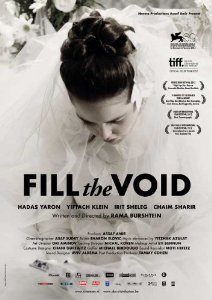
Blind dating, Orthodox Jewish style.
The void of the title that must be filled at all costs is the state of being unmarried. Shira is the youngest daughter in the family, and at 18 is at an age to fulfil her destiny of marriage and motherhood. This is not 18 in a usual sense, it is 18 in a totally sheltered, middle aged closed Hasidic sense.
The location barely matters, as everything happens inside the community, and the outside barely registers more than passing traffic. As such, it is really set within any Hasidic Jewish community anywhere. It does not criticise or judge a way of life, and no one in the film questions or rebels, except by pleading to God for mercy for the hand that fate has dealt them.
When a young mother dies in childbirth, a void is created that must be filled. The baby must have a mother, the man must be married, and that’s the way it is within weeks.
Who is to fill that void? It is either Shira, uncomfortably stepping into her dead sister’s shoes; or the local embarrassment of an older unmarried woman; or a widow in a similar community is another country. No one’s happiness will be fulfilled. Everyone will have to lose something in order to keep the beloved baby grandson in the family and to maintain the order of things.
The film is fascinating in revealing how the business of marriage and life is settled in the Hasidic community. There is certainly wisdom there, and while the women are totally oppressed, the men also have little choice.
This is as much an examination about emotional illiteracy as it is a comment on being caught up in a system of life with little room for manoeuvre. Adult decisions that affect a person’s whole of life are negotiated in excruciating embarrassment and marriage is a series of compromises played off against each other. Slow burning and engrossing.
Eleanor MacFarlane
Fill the Void is released nationwide on 12th December 2013.
Watch the trailer for Fill the Void here:

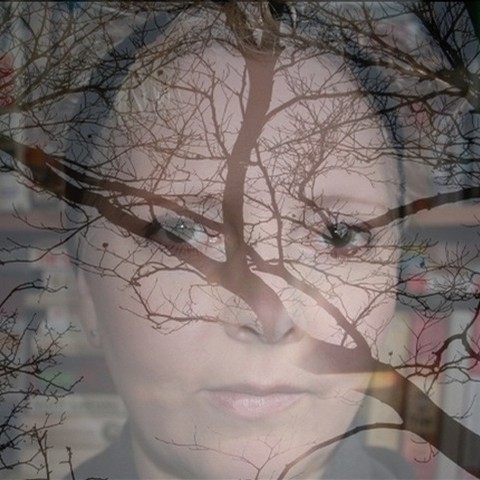

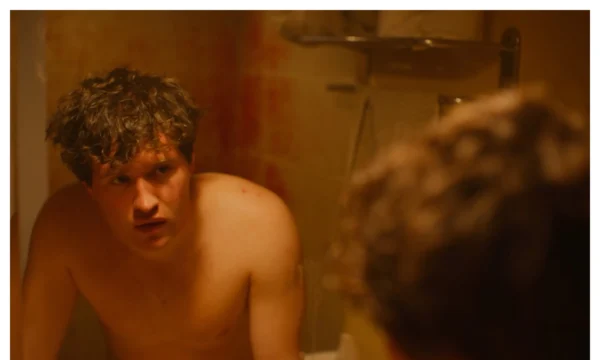

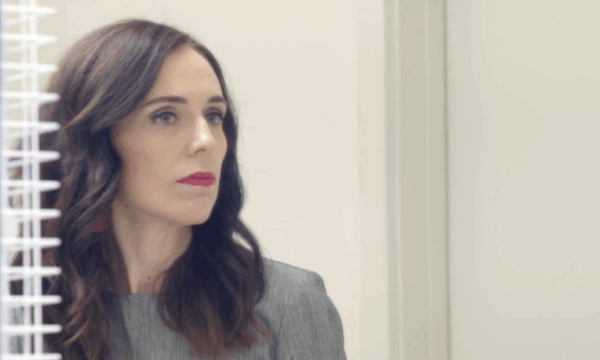

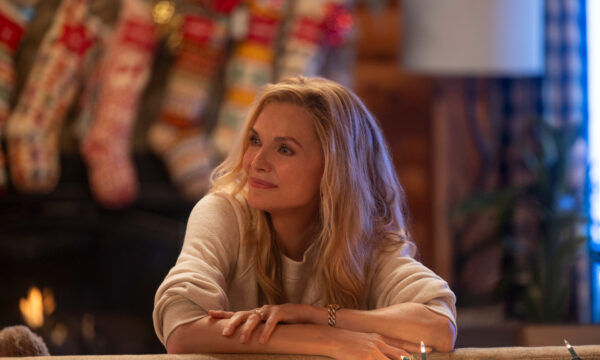
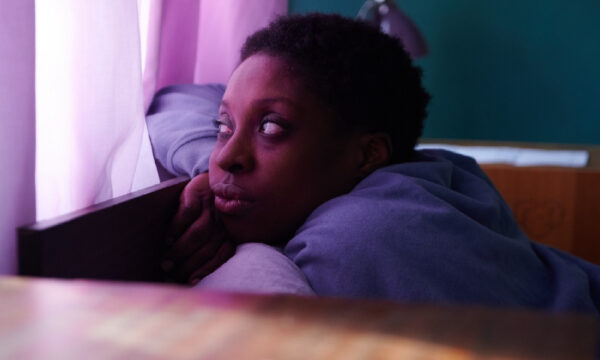




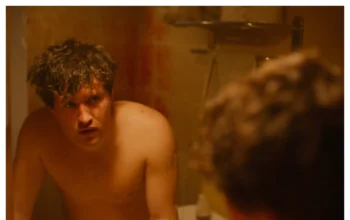












Facebook
Twitter
Instagram
YouTube
RSS